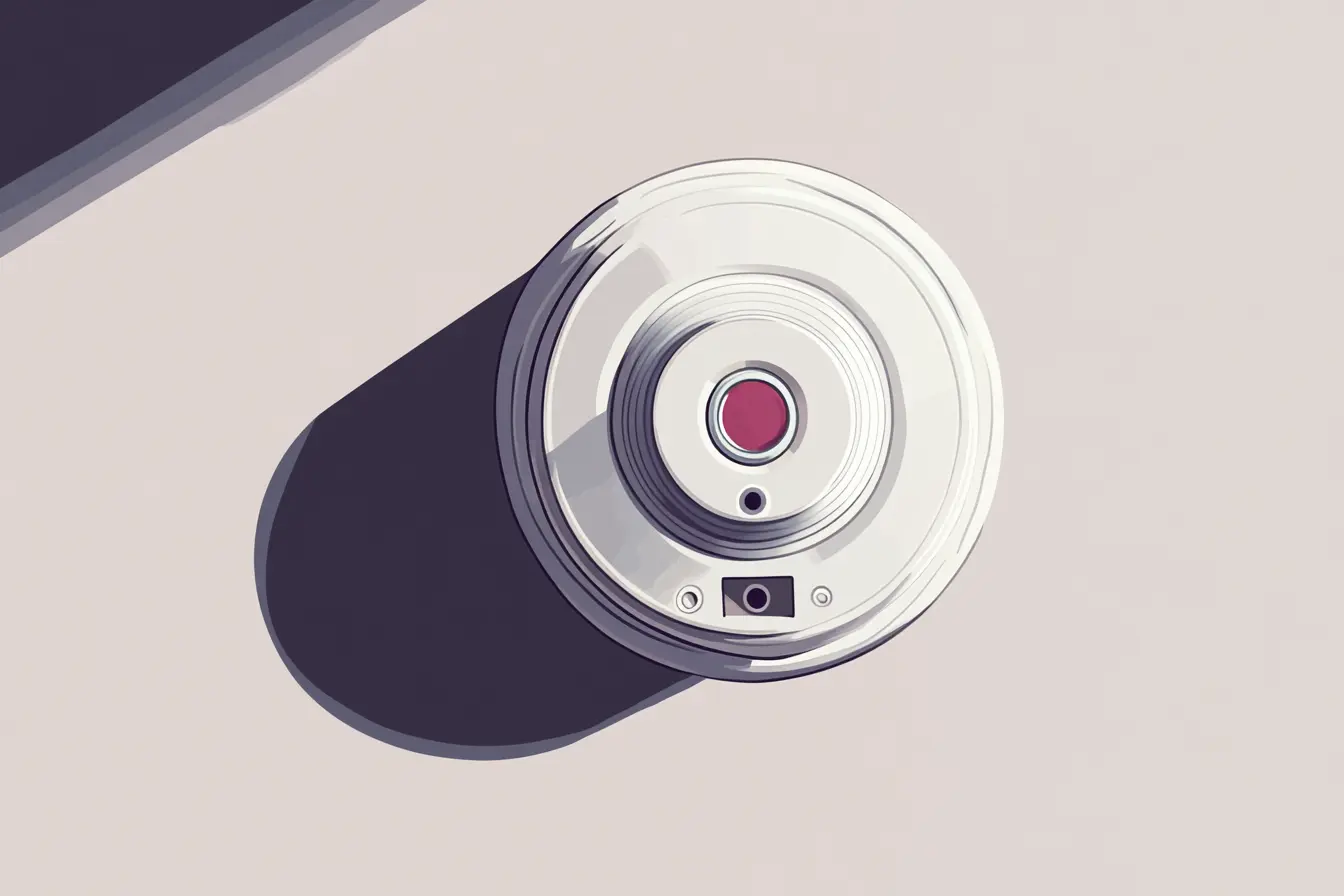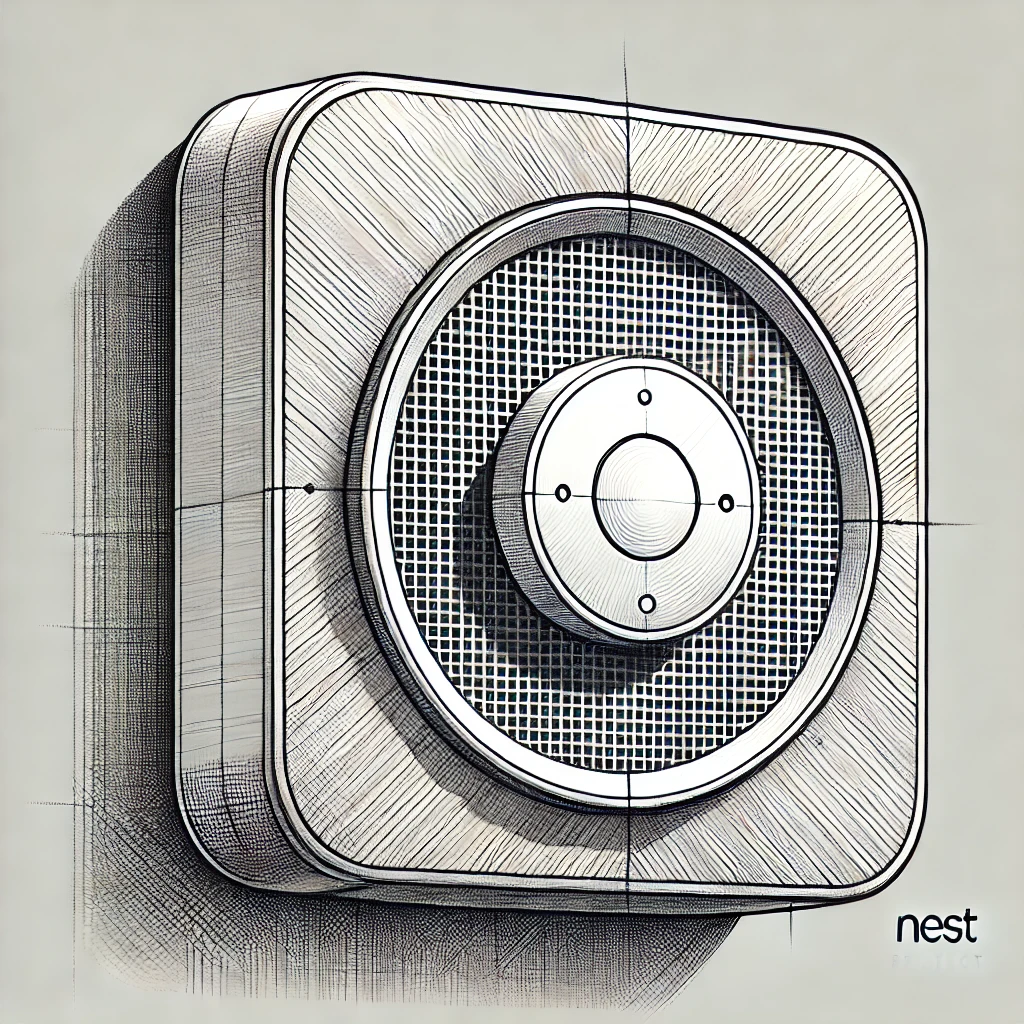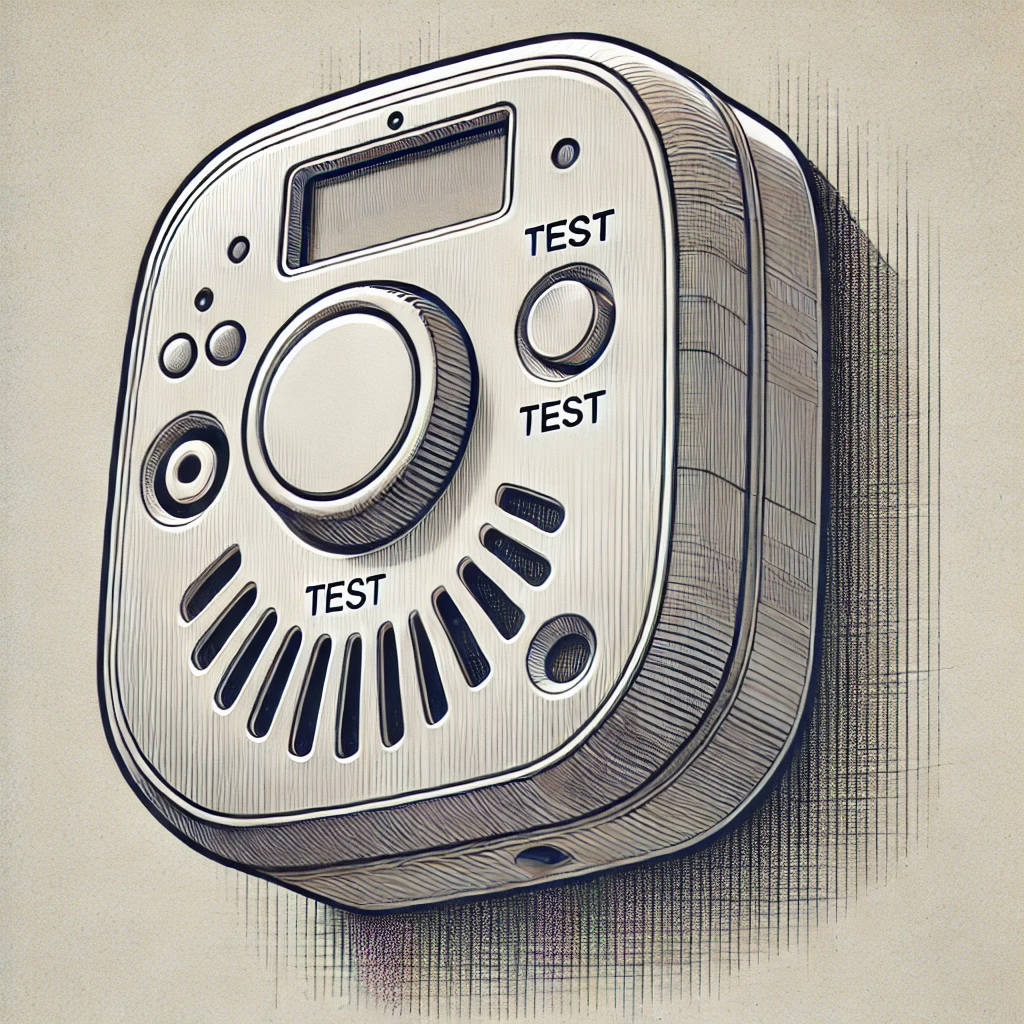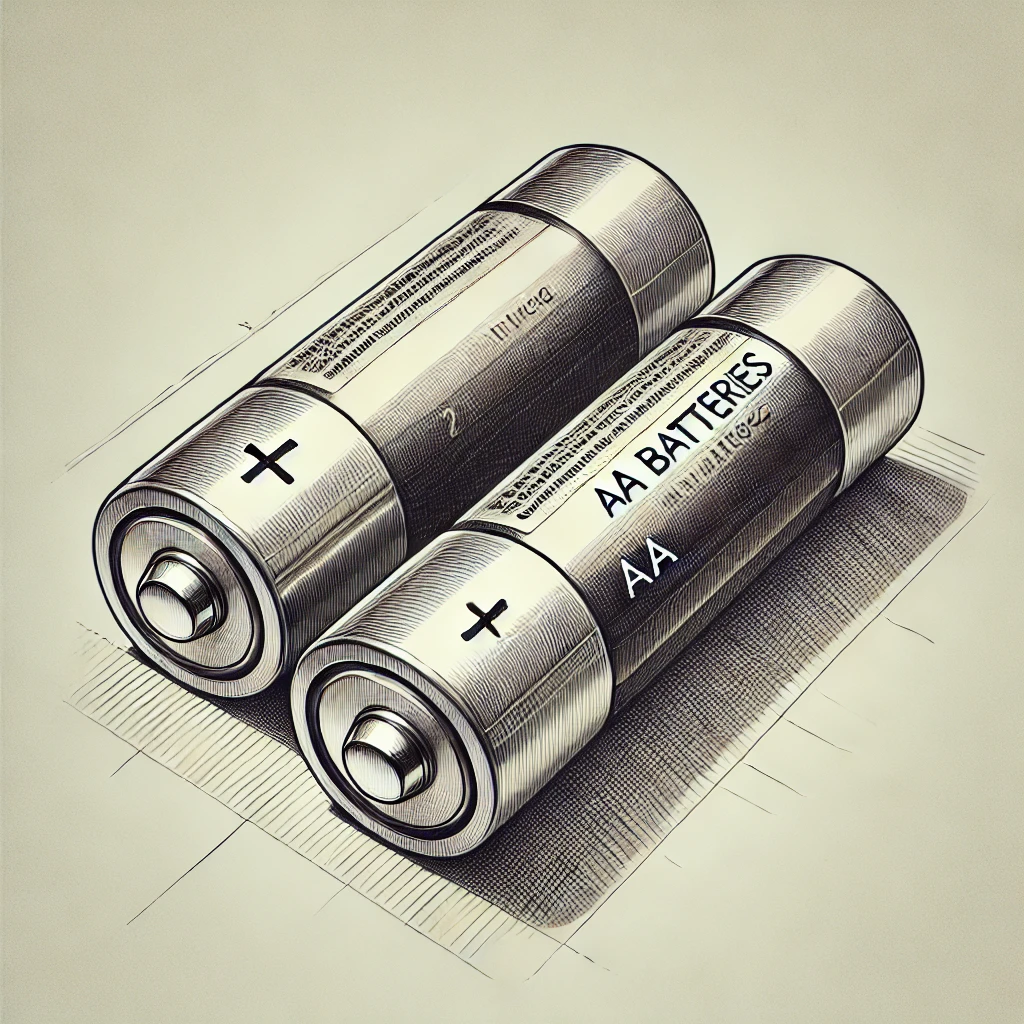Understanding Air, Smoke & CO While Hardening Your Home with Safety in Mind

Ensuring the quality of the air you breathe is one of the most critical aspects of home safety. By monitoring air quality and installing smoke and carbon monoxide (CO) detectors, you can reduce health risks and be alerted to potential dangers before they escalate.
This article explores essential information about improving indoor air quality, choosing the right detectors, and understanding proper placement and maintenance to ensure your home is both safe and healthy.
Importance of Monitoring Indoor Air Quality
Indoor air quality can significantly impact health, especially for children, the elderly, and individuals with respiratory conditions. Pollutants, allergens, and harmful gases like carbon monoxide can accumulate indoors, leading to potential health risks. Here are some common sources of indoor air pollutants:
Volatile Organic Compounds (VOCs): Emitted by products like paints, cleaning supplies, and building materials, VOCs can cause respiratory issues and other health problems.
Dust and Allergens: Dust mites, pet dander, and pollen can accumulate in your home, leading to allergies and respiratory irritation.
Mold and Mildew: Damp areas, such as basements and bathrooms, can promote mold growth, which can trigger allergies, asthma, and other health issues.
Combustion Pollutants: These include gases and particles from burning fuel, such as carbon monoxide from furnaces, stoves, and fireplaces.
Regularly monitoring air quality helps you identify potential issues and take corrective action to maintain a healthy environment. Consider using an air quality monitor to measure common pollutants, including CO2, VOCs, and particulate matter.

Smoke Detectors: Types and Placement
Smoke detectors are essential for early fire detection, allowing you to respond quickly to prevent property damage and protect lives. Understanding the different types of smoke detectors and their ideal placement can enhance your home’s fire safety.
Types of Smoke Detectors:
Ionization Smoke Detectors: These detectors are highly sensitive to fast, flaming fires and use a small amount of radioactive material to detect smoke particles. They are effective in areas like kitchens and laundry rooms but may be prone to false alarms from cooking smoke.
Photoelectric Smoke Detectors: These detectors use a light sensor to detect larger smoke particles from smoldering fires, making them ideal for bedrooms and living rooms. Photoelectric detectors are less likely to trigger false alarms from cooking.
Dual-Sensor Smoke Detectors: Combining ionization and photoelectric technology, dual-sensor detectors offer the most comprehensive protection. They detect both fast-flaming and slow-smoldering fires, making them suitable for any room in the house.
Smart Smoke Detectors: There are a number of smart smoke detectors on the market such as the Nest Protect from Google. These products allow you to check in on the status of your home remotely and offer a variety of extra features such as night lights and auto testing.
Placement Tips for Smoke Detectors:
Install smoke detectors on every level of your home, including basements and attics.
Place detectors inside and outside each bedroom to ensure occupants are alerted during the night.
Avoid installing detectors near windows, doors, or vents, where drafts could interfere with their operation.
Mount detectors on the ceiling or high on walls, as smoke rises. Ceiling-mounted detectors should be at least 4 inches away from walls, and wall-mounted units should be placed 4-12 inches below the ceiling.
Regularly test smoke detectors and replace batteries at least once a year, or as recommended by the manufacturer. Consider interconnected smoke detectors, which are wired together so that when one detector is triggered, all detectors in the home sound an alarm.

Understanding Carbon Monoxide (CO) and CO Detectors
Carbon monoxide is a colorless, odorless gas that can be deadly at high levels. It is produced by fuel-burning appliances, such as furnaces, water heaters, and fireplaces. Installing CO detectors in your home can save lives by alerting you to dangerous levels of this gas.
What is Carbon Monoxide?
Carbon monoxide results from the incomplete combustion of fossil fuels. It can quickly accumulate in enclosed spaces, especially if fuel-burning appliances are malfunctioning or improperly ventilated. Even low levels of CO exposure can cause symptoms like headaches, dizziness, and nausea, while high levels can lead to unconsciousness or death.Types of CO Detectors:
Battery-Operated CO Detectors: These detectors are easy to install and ideal for homes without hardwiring. Regularly check and replace the batteries as needed.
Plug-In CO Detectors: Plug-in detectors are convenient and typically come with a battery backup for power outages. Install them in outlets near bedrooms and common areas.
Combination Smoke and CO Detectors: These dual-function detectors provide protection against both smoke and carbon monoxide in a single unit, reducing the number of devices in your home.
Placement Tips for CO Detectors:
Install CO detectors on every level of your home and near sleeping areas for maximum coverage.
Place detectors at least 5-15 feet away from fuel-burning appliances to avoid false alarms.
Avoid placing CO detectors in high-humidity areas, such as bathrooms, as moisture can interfere with their operation.
Consider mounting CO detectors at eye level or higher, as CO mixes with the air and disperses evenly throughout a room.
Test CO detectors monthly and replace units every 5-7 years, or according to the manufacturer’s instructions. Newer models often feature digital displays, which show current CO levels and indicate when service is needed.
Additional Air Quality and Safety Equipment
In addition to smoke and CO detectors, other devices can improve indoor air quality and enhance safety:
Radon Detectors: Radon is a radioactive gas that can seep into your home from the ground. It is especially common in basements. Consider using a radon detector to monitor levels and ensure they remain within safe limits. If high radon levels are detected, professional mitigation can reduce your exposure.
Air Purifiers: Air purifiers with HEPA filters capture particles like dust, pet dander, and allergens, improving air quality. Some models also contain activated carbon filters to remove VOCs and other harmful gases. Place air purifiers in high-traffic areas or rooms where pollutants are likely to accumulate.
Ventilation Systems: Proper ventilation is essential for reducing indoor pollutants and maintaining good air quality. Use exhaust fans in bathrooms and kitchens to remove moisture and odors, and consider a whole-home ventilation system to bring fresh air into your living space. Regularly clean and maintain HVAC systems to ensure they operate efficiently.

Regular Maintenance and Testing
To ensure that air, smoke, and CO detectors function properly, regular maintenance and testing are necessary. Following a consistent schedule helps keep your equipment in good working order and maximizes its effectiveness.
Test Detectors Monthly: Press the test button on each smoke and CO detector to ensure it’s working properly. Listen for the alarm to confirm that the device is functioning. Replace the unit immediately if it does not sound.
Replace Batteries Annually: For battery-operated detectors, replace the batteries at least once a year. If the detector begins to chirp, indicating low battery power, replace the battery promptly. Consider scheduling battery replacement for the same time each year, such as during daylight saving time changes.
Clean Detectors Regularly: Dust and debris can interfere with detector sensors. Clean your smoke and CO detectors at least once a year by gently vacuuming the surface and using a soft brush to remove any buildup. Avoid using water or harsh chemicals, as these can damage the sensors.
Replace Detectors as Recommended: All detectors have a limited lifespan. Smoke detectors typically need to be replaced every 10 years, while CO detectors last about 5-7 years. Combination units may also have specific replacement guidelines. Mark the installation date on the unit, or set a reminder to replace it when it reaches the end of its lifespan.
Responding to Alarms and Emergencies
Knowing how to respond to an alarm is essential for ensuring the safety of everyone in your household. Practice emergency procedures and be prepared to act if a detector sounds an alarm.
Responding to a Smoke Alarm:
Evacuate immediately and follow your family’s fire escape plan.
If there is smoke, stay low to the ground as you exit to avoid inhaling harmful gases.
Call 911 once you are safely outside, and do not re-enter the home until firefighters declare it safe.
Responding to a CO Alarm:
If a CO detector sounds, leave the home immediately, taking any pets with you.
Call 911 or your local emergency number from outside to report a possible CO leak.
Do not re-enter the home until emergency responders have assessed the CO levels and determined it is safe to go back inside.
Regular Safety Drills:
Practice fire and CO evacuation drills with your household members. Ensure everyone knows the primary and alternate routes to exit the home safely.
Designate a meeting point outside where everyone should gather after evacuating. This helps you quickly account for all household members.
Additional Resources
For more information on indoor air quality and emergency preparedness, explore these resources:
Environmental Protection Agency (EPA): The EPA provides guidance on air quality and radon safety. Visit EPA’s Indoor Air Quality Resources for tips on monitoring and improving indoor air quality.
National Fire Protection Association (NFPA): The NFPA offers resources on fire safety and smoke alarms. Visit NFPA’s Home Safety Tips for additional information on fire prevention and preparedness.
Nest Protect: The Nest Protect is a smart product that works directly with an app on your phone for enhanced functionality and safety. More info is available here: Nest Protect
Wrap-Up
Monitoring and maintaining your home’s air quality, smoke, and carbon monoxide detectors are crucial steps in creating a safe living environment. By choosing the right detectors, placing them strategically, and keeping them in good working condition, you can protect your family from the dangers of fire, CO poisoning, and poor air quality.
Regular maintenance and emergency preparedness drills further enhance safety, providing you with the knowledge and tools to respond effectively in the event of an emergency. Through proactive measures, you can safeguard your home and enjoy peace of mind, knowing that you’re well-prepared to handle potential hazards.